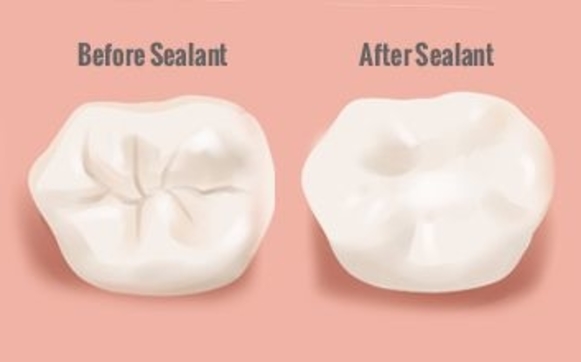Cavities are one of the most common dental problems in India. While, the basic solution to this problem is brushing and flossing on a daily basis, still many a times you cannot reach every nook and corner. The molars that we use to chew are of uneven shape and rough and it’s possible that even after cleaning bacteria can still remain back. But, fret not, there is a solution to protect them too and it is known as sealants.
Sealants
Sealants are like protection shields for the teeth. There is a thin coating made from plastic or similar dental material and stick to the surface of your back teeth. These sealants are known to be highly effective and have an ability to reduce tooth decay by almost 80% in molars. Outside India and as per the reports of Center of Disease control (CDC) around 43% of the children who do not use sealants are at three times higher risk of getting cavities.
Like you wear raincoats to save yourself from rain, you wear sealants to save your teeth from decay, it is as simple as that. The bacteria responsible for cavities reside in the mouth and with the help of food particles that are left back produce acids that further lead to creation of holes inside the mouth, called cavities. Once the sealants are applied they protect the teeth from decay. The process of application is quite simple and pain free. The dentist cleans your teeth dry and applies an acidic gel on your teeth, in order to roughen up the surface. Once the sealant is applied on this surface it will form a strong bond with the sealant post application. After some time of application of the gel, the dentist rinses the tooth once again and then applies the sealant in the teeth grooves. The dentist makes use of the special blue light to harden the sealant.
Sealants can be used for children above 12 years of age and adults as well. They can be used in areas where decay has just begun so as to avoid further decay. Sealants are transparent in color and hence ensuring the sealant is doing its job is easy for the dentist.
*Sourced from Internet
Know more about Top Dental Colleges in Bangalore, India

